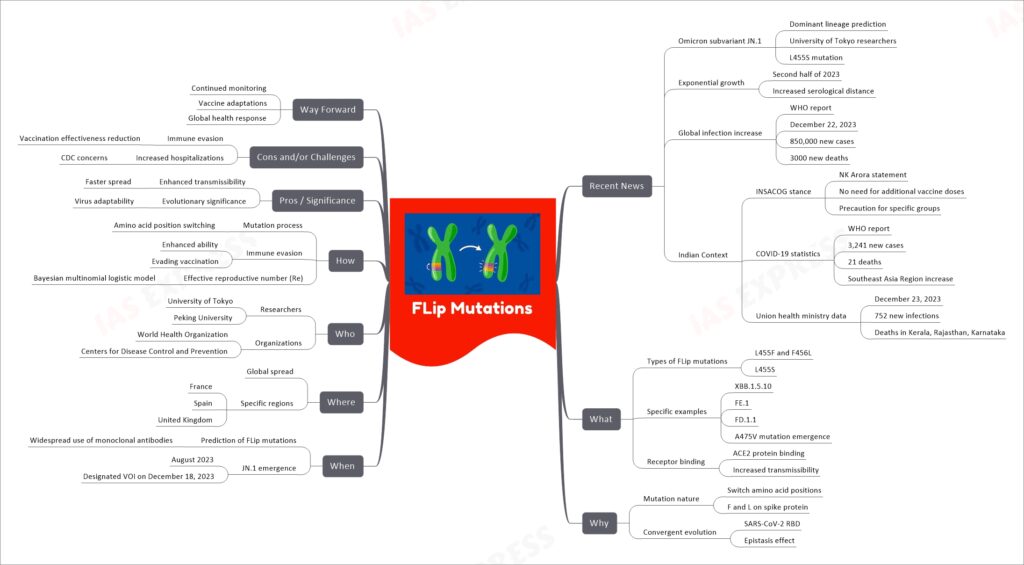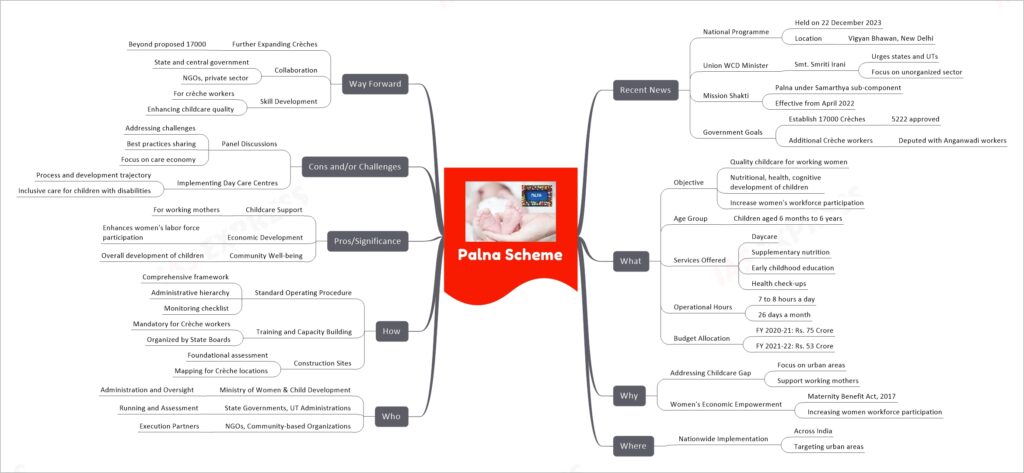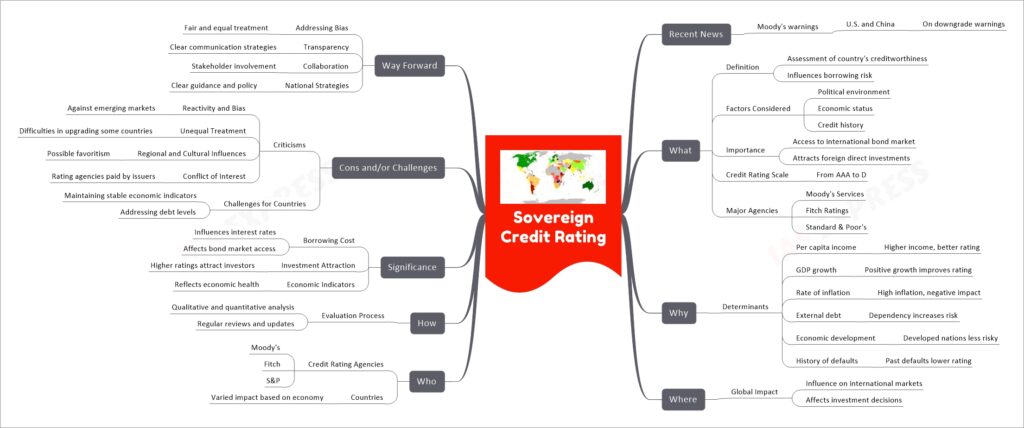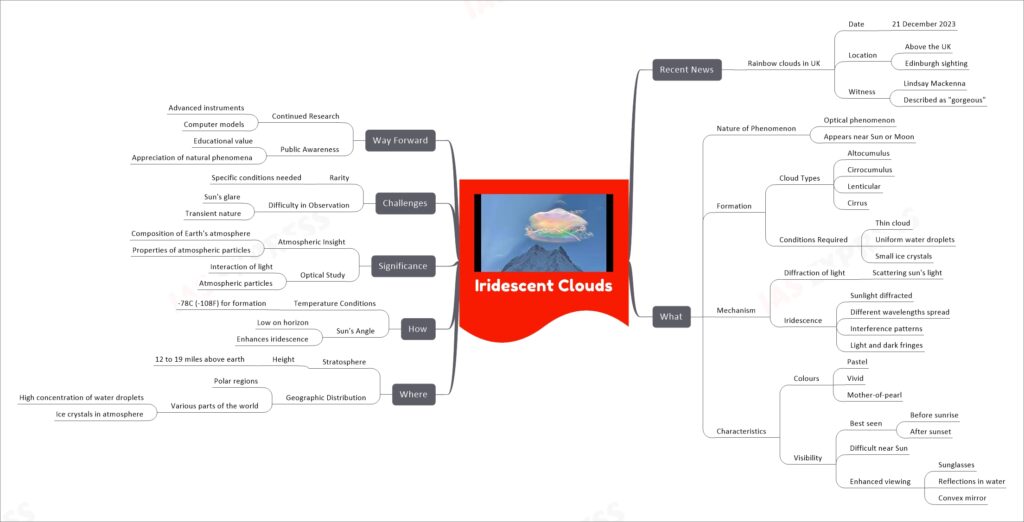[Newsbits] 25.12.2023: Iridescent Clouds, Palna Scheme & more

In simple terms, “FLip” mutations refer to specific genetic alterations in the SARS-CoV-2 virus, particularly in its spike protein. These mutations involve the switching of amino acid positions, leading to enhanced transmissibility and potential immune evasion. Initially predicted due to the widespread use of monoclonal antibodies for COVID-19 treatment, these mutations have been observed in several variants and sublineages, such as JN.1 and XBB. Recent developments have shown an increase in cases globally, with significant concerns over the effectiveness of existing vaccines against these mutations. The situation in India reflects a similar pattern of increased cases and the necessity for continued vigilance and adaptation in health responses. The Palna Scheme in India, part of the broader Mission Shakti initiative, is aimed at providing quality day-care facilities and comprehensive childcare for children aged 6 months to 6 years of working mothers. It focuses primarily on urban areas where family-based childcare support is less available. The scheme’s goal is to facilitate the participation of women in the workforce, particularly those in unorganized sectors, by ensuring their children have access to safe and nurturing environments. This includes services like daycare, supplementary nutrition, early childhood education, and health check-ups. The scheme is administered by the Ministry of Women and Child Development and involves various stakeholders including state governments, NGOs, and community-based organizations. The Palna Scheme, with its focus on empowering women and supporting child development, is an essential component of India’s efforts to enhance the well-being and economic participation of women. Sovereign credit ratings are assessments of a country’s creditworthiness, significantly impacting its borrowing costs and ability to attract investments. These ratings are determined by major agencies like Moody’s, Fitch, and S&P, based on factors such as GDP growth, inflation rate, external debt, economic development, and history of defaults. High ratings facilitate easier access to international bond markets and foreign investments. However, these ratings have faced criticism for bias, especially against emerging markets, and issues like unequal treatment and potential conflicts of interest. Addressing these challenges involves ensuring fair treatment, improving transparency, and collaborative efforts among stakeholders to develop robust national economic strategies. Iridescent clouds, also known as rainbow clouds, are a stunning atmospheric phenomenon that appear near the Sun or Moon. These clouds form under specific conditions in the stratosphere, typically at heights of 12 to 19 miles above the Earth. They are characterized by their brilliant, pastel or vivid colors, which are caused by the diffraction and interference of light passing through small, uniform water droplets or ice crystals in the cloud. These clouds are more likely to be seen in polar regions during winter and are best observed before sunrise or after sunset. Studying these clouds provides valuable insights into the composition and properties of the Earth’s atmosphere and the intricate interactions of light with atmospheric particles. However, their rarity and the difficulty in observing them due to factors like the Sun’s glare present challenges.



If you like this post, please share your feedback in the comments section below so that we will upload more posts like this.
